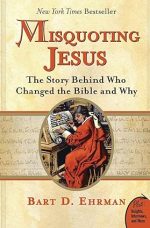Chapter 6.
Critical Research on the Bible
In recent centuries, scholars and scientists have scrutinized biblical texts to gain an understanding of their complexities. Basically, there are two broad fields of critical study of the Bible: ethical criticism and analytical criticism (Biblical Criticism). I will cover both in this chapter. However, first, I will consider two issues: scientific findings that refute historical narratives of the Hebrew Bible/Old Testament and the uncertainties about the authorship of biblical texts.
This chapter includes the following sections:
Note: CE stands for Common Era, which began with the birth of Jesus.
The Bible and Science
Parts of the Bible are in direct conflict with modern science. The primary instance of this is the Genesis creation narrative, which states that God created the universe and all forms of life on earth roughly 6,000 years ago. Archaeological excavations have discovered material evidence of ancient cultures far older than 6,000 years.
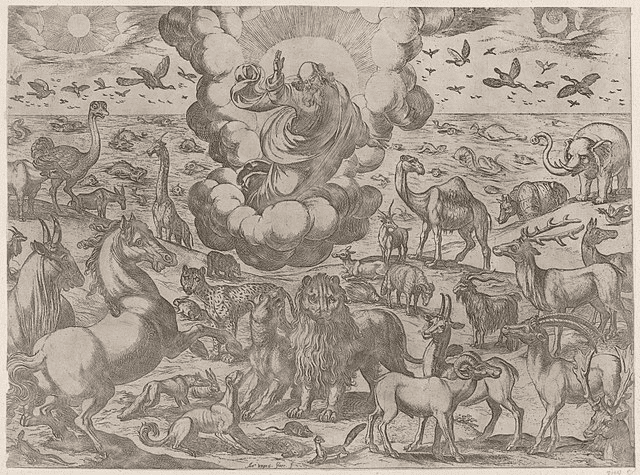
Cosmological evidence suggests that the universe is approximately 13.8 billion years old. Analyses of the geological time scale of the Earth date it to be around 4.5 billion years old. Research within physics, biology, chemistry, astronomy, and geology has provided sufficient evidence that life originated through chemical processes over 4 billion years ago.
Moreover, there is scant archeological evidence substantiating the historical narratives in the Old Testament/Hebrew Bible. For more information, see the Biblical Archeology chapter.
Authorship
Among biblical scholars, the modern consensus is that the great majority of the authors who wrote the Bible are unknown. This is true for both the Hebrew Bible/Old Testament and the New Testament.
For example, during much of Christian history, it was widely believed that Moses wrote the Five Books of Moses in the Old Testament (the Hebrew Torah). Today, no reputable biblical scholar holds that view. For more information, see the Hebrew Bible chapter.
Examples in the New Testament include the authorship of the gospels and the epistles. As previously mentioned, the attributed New Testament authors, Matthew, Mark, Luke and John, were not really the authors; the actual authors are anonymous. For more information, see the New Testament chapter.
Another New Testament case is the actual authorship of the fourteen epistles attributed to the Apostle Paul. Scholars can agree on only seven epistles that were definitively written by Paul. The authorship of the rest is in varying degrees of dispute. For information, about the authorship of the gospels, see the New Testament. For information about Apostle Paul, see the Kingpins of Christianity chapter.
Ethical Criticism of the Bible
Ethical criticism of the Bible is an interdisciplinary field concerned with the factual accuracy of moral validations and with the ethical claims of the commandments in the Hebrew Bible. Ethical critics study, interpret, and evaluate the moral codes set forth in the Old Testament/Hebrew Bible. The moral codes are reflected in behaviors, principles, values, and beliefs about good and right versus evil and wrong, and so forth.
Often, when people in Western culture reflect on Christian morality, they think of the Ten Commandments. However, these commandments are not in the same league as the majority of God’s commandments in the Old Testament of the Christian Bible. To introduce some of these commandments, I draw upon the research of two distinguished experts on ethics in the Bible, philosophy professors Elizabeth Anderson and Simon Blackburn.
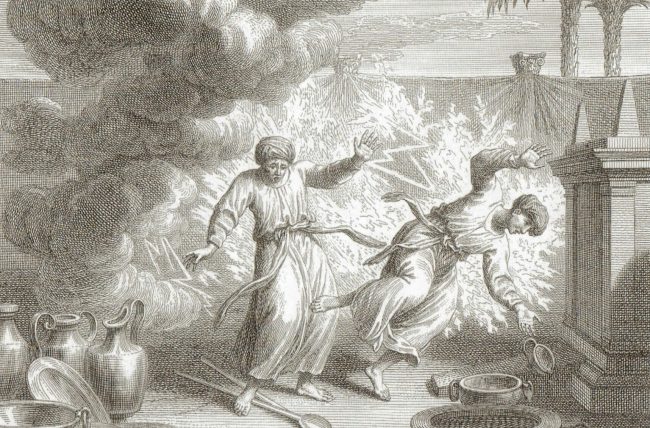
Elizabeth Anderson, professor of philosophy and women’s studies at the University of Michigan, states, “the Bible contains both good and evil teachings” and is “morally inconsistent.” She denounces many of God’s commands to men in the Old Testament, such as: kill adulterers, homosexuals, and “people who work on the Sabbath” (Leviticus 20:10; Leviticus 20:13; Exodus 35:2, respectively); commit ethnic cleansing (Exodus 34:11–14; Leviticus 26:7–9); and commit genocide (Numbers 21: 2–3; Numbers 21:33–35; Deuteronomy 2:26–35; Joshua 1–12) and other mass killings.
Anderson also notes that the Bible permits slavery, the rape of female captives in wartime, the beating of slaves, child sacrifice, polygamy for men, and the killing of prisoners. Anderson also gives examples to show what she considers “God’s moral character.” God: “Routinely punishes people for the sins of others … punishes all mothers by condemning them to painful childbirth,” kills 24,000 Israelites because some of them sinned (Numbers 25:1–9),and kills 70,000 Israelites for the sin of David (2 Samuel 24:10–15). (Elizabeth Anderson, in The Portable Atheist)
Simon Blackburn is a British philosophy professor who has taught at both Oxford and Cambridge Universities. He states that the “Bible can be read as giving us a carte blanche for harsh attitudes to children, the mentally handicapped, animals, the environment, the divorced, unbelievers, people with various sexual habits, and elderly women.” (Simon Blackburn, Ethics: A Very Short Introduction)

Blackburn gives examples of moral criticisms in the Old Testament, such as, “Thou shalt not suffer a witch to live.” (Exodus 22:18), which he says has “helped to burn alive tens or hundreds of thousands of women in Europe and America.” Other examples are the prohibition on touching women during their “period of menstrual uncleanliness” (Lev. 15:19–24), the apparent approval of selling daughters into slavery (Exodus 21:7), and the obligation to kill someone working on the Sabbath (Exodus 35:2). (Simon Blackburn, Ethics: A Very Short Introduction)
Clearly, these archaic moral codes are antithetical to the Christian ethics preached in the New Testament. Yet, repeatedly, in Christian history, tyrants have drawn on the moral codes of the Old Testament to justify their callousness and brutality.
Critical Analysis (Biblical Criticism)
As defined by Daniel J. Harrington, New Testament scholar, biblical criticism is “the effort at using scientific criteria (historical and literary) and human reason to understand and explain, as objectively as possible, the meaning intended by the biblical writers.”
Critical biblical researchers face many challenges. Here, I introduce transcription issues, translation issues, and textual criticism.
Transcription Issues
In early Christian times, the only way to copy a book was by hand, letter by letter, an extremely slow process. During the first two or three centuries of the church, the texts were copied by amateur scribes, such as literate members of congregations. Professional scribes did not appear until the 4th century CE.
Writing was done on sheets manufactured from the papyrus reed or on parchment made from animal skins. To conserve this precious resource, text was written as compactly as possible. In early manuscripts, there were no punctuation marks and no spaces between words. Moreover, there were no lower case and upper-case letters. As a result, mistakes in transcription were common. Most were unintentional errors, such as accidental omissions, slips of the pen, misspelled words, and inadvertent additions.
Moreover, scribes in the 2nd and 3rd centuries were intent on defending Christianity against objections, especially to those relating to Jesus. Additionally, during this time there were theological conflicts regarding the role of women in the church, controversies with Jews, and disputes between Christians and pagans. Occasionally, scribes intentionally altered text to reflect their personal views about Christianity, and this had an impact on subsequent texts. For example, one of the best-known stories, in the Book of John, is of the woman caught in the act of adultery. A group of Pharisees brings the woman to Jesus and ask him if she should be stoned as prescribed by Mosaic Law. Jesus responds, “Let the one who is without sin among you be the first to cast a stone at her.” (John 7:53-8:11)
It turns out that this passage was not originally part of any of the gospels but was added later by scribes. Nearly all scholars hold this to be true for several reasons: This story is not found in the oldest and best manuscripts of John; its writing style is very different from the rest of John; and it contains many words and phrases that are not found in the rest of John.
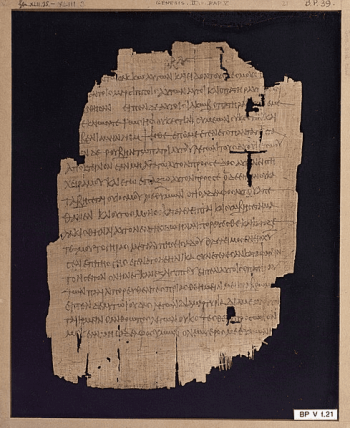
Translation Issues
Translating scripture is another subject of biblical criticism and debate. Translation issues are fundamental to the Christian Bible, which has been translated into numerous languages. The original languages of the Christian Bible are Aramaic, Hebrew, and Koine Greek (the lingua franca in eastern Mediterranean countries when the New Testament emerged). Biblical scriptures were first translated into Latin; an official “Vulgate” translation of the full Christian Bible was commissioned by the pope in the late 4th century CE. Some later translators have used the Vulgate Bible as their source, and others have used the oldest Koine Greek, Aramaic, and Hebrew sources.
Translation problems have occurred repeatedly because many of the words in the source language have difficult or ambiguous meanings. At times, translators have chosen different wording or sentence structure or have paraphrased passages for clarity, readability, or other reasons.
In addition, recent discoveries of the Dead Sea Scrolls and other ancient manuscripts have led to increased accuracy in modern Bible translations, such as the New International Version, which differ from the older translations, such as the King James Version.
Textual Criticism
Textual criticism is a technical term for the restoration of the “original” words of a text from manuscripts that have been altered. My source for this section is Bart D. Ehrman, an American New Testament scholar focused on textual criticism of the New Testament. Ehrman received a Ph.D. from Princeton Theological Seminary in the study of biblical textual criticism. He has written 30 books, including six New York Times bestsellers and three college textbooks.
Ehrman set out to use textual criticism to help him reconstruct the original words of the New Testament, “I kept reverting to my basic question: How does it help us to say that the Bible is the inerrant word of God if in fact we don’t have the words that God inerrantly inspired? We don’t have the originals! We have only error-ridden copies, and the vast majority of these are centuries removed from the originals and different from them, evidently in thousands of ways.”
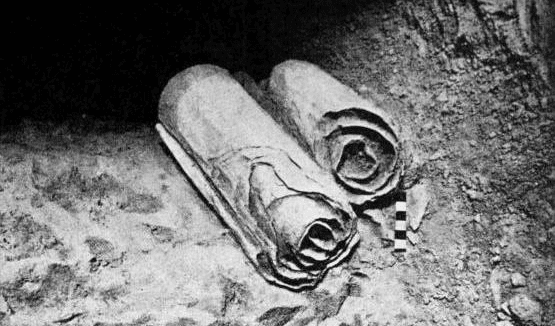
Ehrman states that for the entire history of the church the vast majority of Christians have lacked access to the original scriptures. According to Ehrman, “Not only do we not have the originals, we do not have the first copies of the originals. We don’t even have copies of the copies of the originals, or copies of the copies of the copies of the originals. (Misquoting Jesus, page 10).” He continues, “It’s a bit hard to know what the words of the Bible mean if we don’t even know what the words are!” As a result, he considers this a very human book, from beginning to end.
The Impact of Biblical Criticism
Biblical criticism has revealed substantial transcription and translation issues that created significant ambiguities in much of the biblical text. The many issues uncovered by critical analysis of the Bible have discredited the belief in the inerrancy of the Bible. In addition, they have raised questions about what should be included as authoritative scripture.

